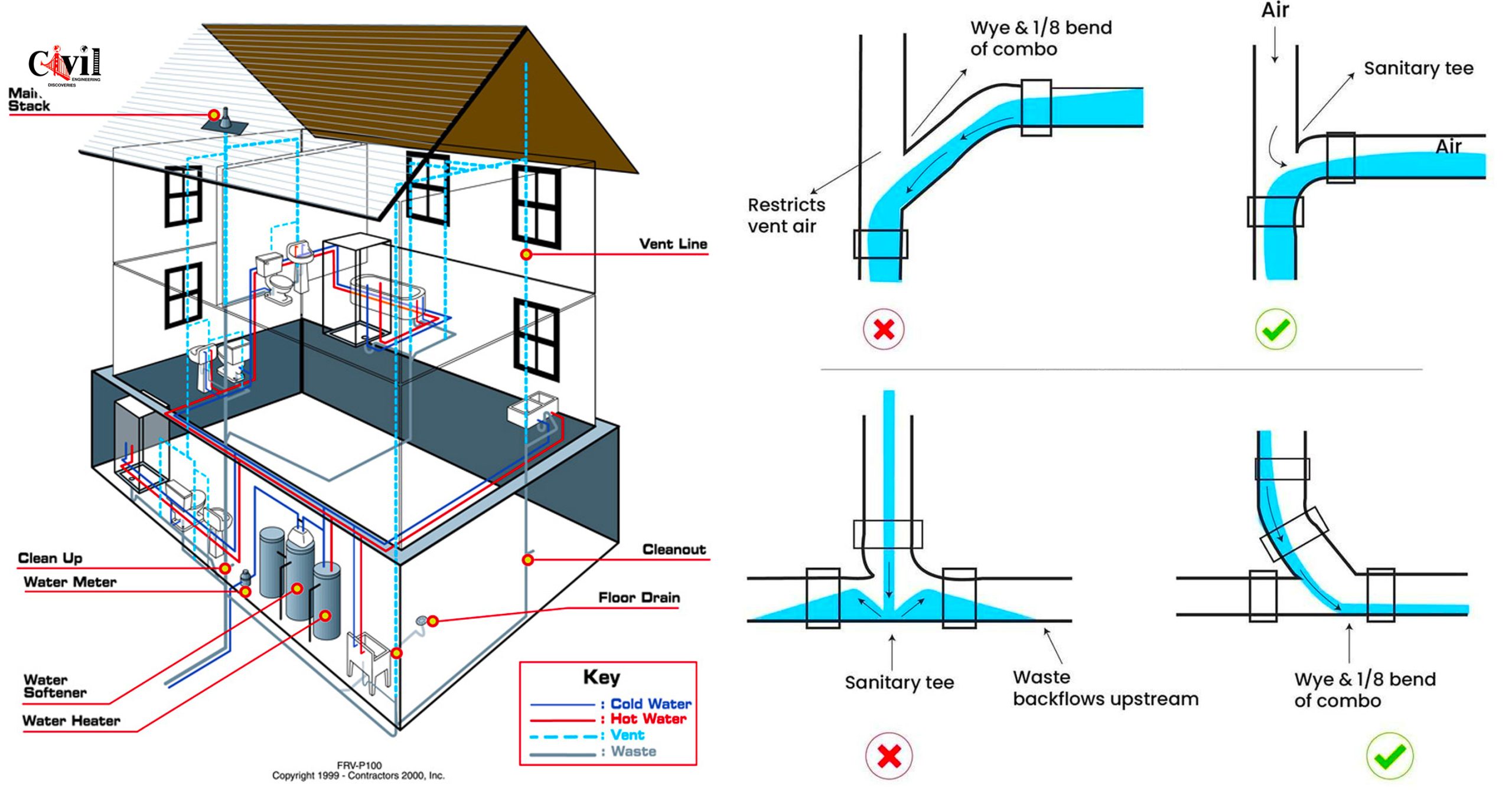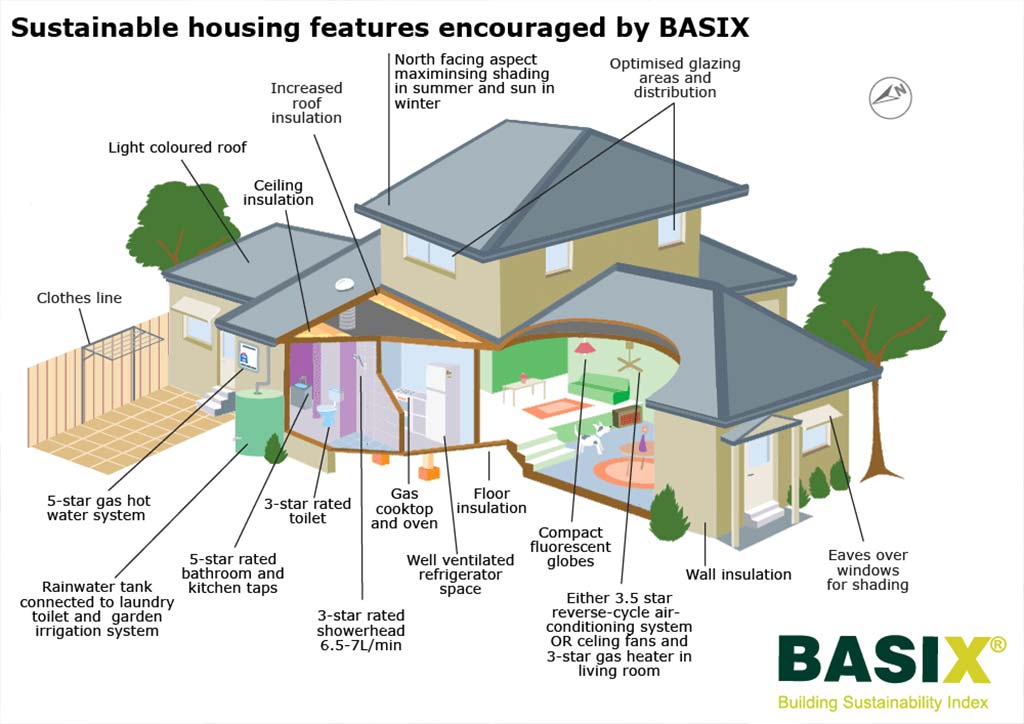Essential Insights About Your Home's Plumbing System Anatomy
Essential Insights About Your Home's Plumbing System Anatomy
Blog Article
The writer is making a number of good observations about Understanding Your Home's Plumbing Anatomy overall in the content beneath.

Understanding just how your home's pipes system functions is crucial for every single homeowner. From delivering clean water for drinking, food preparation, and bathing to safely eliminating wastewater, a well-maintained plumbing system is important for your family members's wellness and comfort. In this extensive guide, we'll explore the intricate network that composes your home's pipes and offer ideas on maintenance, upgrades, and dealing with common issues.
Intro
Your home's pipes system is more than just a network of pipes; it's a complex system that guarantees you have accessibility to clean water and efficient wastewater elimination. Knowing its components and just how they collaborate can help you prevent pricey fixings and make certain whatever runs smoothly.
Standard Parts of a Plumbing System
Pipelines and Tubes
At the heart of your plumbing system are the pipes and tubes that lug water throughout your home. These can be made from numerous materials such as copper, PVC, or PEX, each with its advantages in terms of durability and cost-effectiveness.
Fixtures: Sinks, Toilets, Showers, etc.
Components like sinks, bathrooms, showers, and bathtubs are where water is made use of in your home. Recognizing exactly how these fixtures attach to the plumbing system aids in identifying problems and intending upgrades.
Valves and Shut-off Factors
Valves regulate the flow of water in your plumbing system. Shut-off shutoffs are crucial during emergencies or when you require to make repairs, enabling you to isolate parts of the system without interrupting water circulation to the entire home.
Water Supply System
Main Water Line
The main water line connects your home to the local water system or a private well. It's where water enters your home and is distributed to numerous fixtures.
Water Meter and Stress Regulatory Authority
The water meter procedures your water usage, while a stress regulatory authority makes sure that water moves at a risk-free pressure throughout your home's plumbing system, stopping damages to pipes and components.
Cold Water vs. Warm water Lines
Recognizing the distinction between cold water lines, which provide water straight from the main, and warm water lines, which lug heated water from the hot water heater, helps in fixing and preparing for upgrades.
Water drainage System
Drain Pipeline and Traps
Drain pipes carry wastewater away from sinks, showers, and commodes to the drain or sewage-disposal tank. Catches avoid drain gases from entering your home and also catch particles that could trigger clogs.
Air flow Pipes
Ventilation pipes enable air right into the drainage system, preventing suction that might reduce water drainage and create traps to empty. Appropriate air flow is crucial for maintaining the integrity of your plumbing system.
Significance of Appropriate Water Drainage
Making certain correct drain prevents back-ups and water damage. Routinely cleansing drains pipes and preserving catches can avoid pricey fixings and prolong the life of your pipes system.
Water Furnace
Sorts Of Hot Water Heater
Hot water heater can be tankless or typical tank-style. Tankless heating systems warmth water as needed, while storage tanks keep heated water for immediate use.
How Water Heaters Attach to the Pipes System
Comprehending exactly how hot water heater connect to both the cold water supply and warm water distribution lines assists in identifying problems like inadequate hot water or leakages.
Maintenance Tips for Water Heaters
Frequently flushing your hot water heater to get rid of debris, examining the temperature settings, and checking for leakages can expand its lifespan and improve energy performance.
Typical Plumbing Concerns
Leakages and Their Causes
Leakages can take place due to maturing pipes, loose installations, or high water pressure. Dealing with leakages promptly protects against water damages and mold development.
Blockages and Blockages
Obstructions in drains pipes and bathrooms are typically caused by flushing non-flushable products or a buildup of grease and hair. Using drain screens and bearing in mind what drops your drains can prevent obstructions.
Indications of Pipes Issues to Watch For
Low tide stress, sluggish drains, foul odors, or abnormally high water bills are signs of prospective plumbing troubles that should be addressed without delay.
Plumbing Maintenance Tips
Regular Examinations and Checks
Arrange yearly plumbing examinations to capture issues early. Try to find signs of leakages, deterioration, or mineral accumulation in faucets and showerheads.
DIY Upkeep Tasks
Easy jobs like cleansing faucet aerators, looking for bathroom leakages using color tablets, or protecting revealed pipes in chilly climates can protect against significant pipes problems.
When to Call an Expert Plumbing Technician
Know when a plumbing problem needs professional proficiency. Trying complicated repair work without appropriate knowledge can cause more damage and greater repair costs.
Updating Your Pipes System
Factors for Updating
Updating to water-efficient components or changing old pipes can improve water quality, decrease water costs, and raise the worth of your home.
Modern Pipes Technologies and Their Benefits
Check out innovations like clever leakage detectors, water-saving bathrooms, and energy-efficient water heaters that can conserve money and reduce environmental impact.
Expense Factors To Consider and ROI
Calculate the ahead of time expenses versus long-term savings when thinking about pipes upgrades. Lots of upgrades spend for themselves via minimized energy costs and less fixings.
Ecological Impact and Conservation
Water-Saving Fixtures and Devices
Installing low-flow taps, showerheads, and commodes can significantly reduce water usage without giving up efficiency.
Tips for Lowering Water Usage
Easy practices like taking care of leaks immediately, taking shorter showers, and running complete tons of laundry and recipes can preserve water and reduced your utility costs.
Eco-Friendly Pipes Options
Think about sustainable plumbing products like bamboo for flooring, which is durable and eco-friendly, or recycled glass for counter tops.
Emergency Preparedness
Steps to Take During a Plumbing Emergency
Know where your shut-off valves lie and how to switch off the water system in case of a burst pipe or major leak.
Importance of Having Emergency Situation Get In Touches With Helpful
Maintain call info for neighborhood plumbers or emergency solutions conveniently offered for fast response throughout a pipes situation.
Do It Yourself Emergency Fixes (When Suitable).
Momentary solutions like making use of air duct tape to patch a leaking pipeline or putting a bucket under a trickling faucet can minimize damage until a specialist plumbing shows up.
Verdict.
Recognizing the makeup of your home's pipes system encourages you to keep it successfully, conserving time and money on repair work. By complying with routine maintenance regimens and staying educated regarding modern-day plumbing modern technologies, you can ensure your pipes system runs successfully for many years to come.
Exploring Your Homes Plumbing Anatomy
Water Supply System
Main Water Line: This is where water enters your home from the municipal supply or a private well.
Water Meter: Typically located near where the main water line enters the property, it measures the amount of water used.
Shutoff Valve: It s crucial to know where this is in case of emergencies. It allows you to turn off the water supply to the entire house.
Pipes and Fittings: These distribute water throughout your home. Materials can include copper, PVC, or PEX.
Drain-Waste-Vent (DWV) System
Drains: Located in sinks, showers, and tubs, these carry wastewater away.
Traps: U-shaped pipes under sinks that hold standing water, blocking sewer gases from entering the home.
Vents: Pipes that lead from the DWV system to the outside, preventing vacuum formation and allowing gases to escape.
Sewer Line: Carries all wastewater from the home to the municipal sewer system or a septic tank.
Fixtures and Appliances
Sinks, Toilets, and Showers
Dishwashers and Washing Machines
Water Heaters
Maintenance Tips
Regularly check for leaks in exposed pipes and around fixtures.
Inspect the water heater annually for signs of wear.
Clean drains and traps to prevent clogs and odors.
Know how to shut off water to individual fixtures.
When to Call a Professional
Major leaks or burst pipes
Installation of new pipes or fixtures
Septic tank issues
Remodeling projects that involve plumbing changes
Conclusion
Understanding the anatomy of your home's plumbing is key to maintaining a functional and efficient system. Regular checks and knowing when to call in the experts can save you time, money, and stress.
https://www.mavyn.com/blog/exploring-your-homes-plumbing-anatomy

Exploring Your Homes Plumbing Anatomy
Water Supply System
Drain-Waste-Vent (DWV) System
Fixtures and Appliances
Maintenance Tips
When to Call a Professional
Conclusion
Understanding the anatomy of your home's plumbing is key to maintaining a functional and efficient system. Regular checks and knowing when to call in the experts can save you time, money, and stress.
https://www.mavyn.com/blog/exploring-your-homes-plumbing-anatomy
Hopefully you liked our article about The Inner Workings of Your Home's Plumbing. Thank you so much for taking the time to read our blog. In case you enjoyed reading our article if you please don't forget to share it. Thank-you for taking the time to read it.
About Report this page